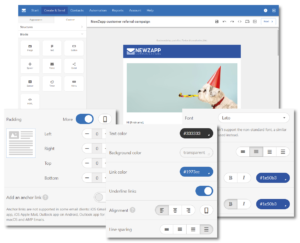
NHS digital transformation and internal comms
NHS digital transformation is a difficult project to manage. But when you add skills and cultural challenges to the mix, it becomes clear that an internal comms strategy must run alongside any transformation project.




